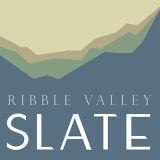Types of slate hearth finish
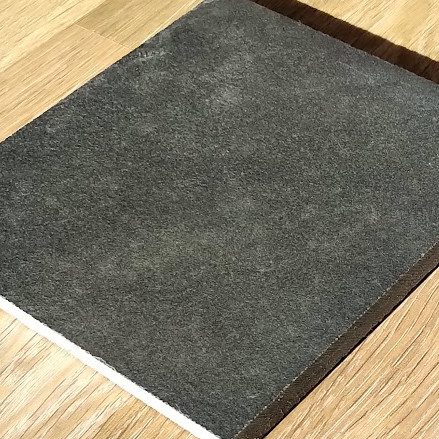
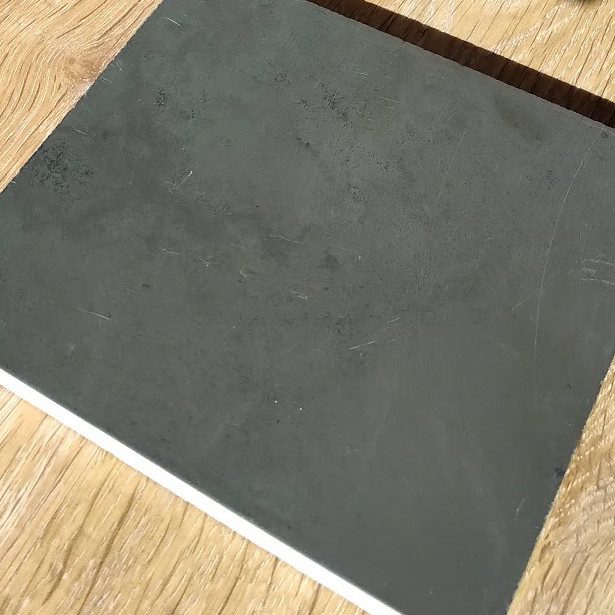
Riven (natural) or honed (a sort of polished) finish?
One of the questions we get asked the most is what finishes can I have? Or more importantly folk say “I want honed slate” and we, well, we try and talk them out of it.
Polished slate hearths
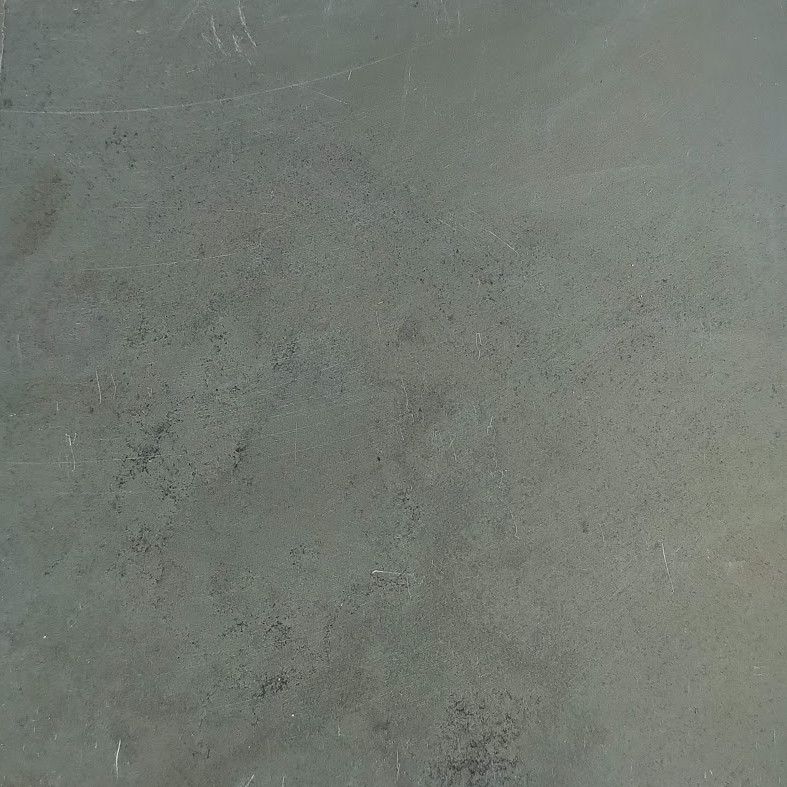
Let’s be clear, honed - polished - slate looks great. Any patterns on our slate will turn into swirls or clouds, it’s the only way to describe it. The feel of the surface itself is almost glasslike, it’s that smooth.
But, and yes it’s a big but, it will scratch a lot more easily. Riven slate will scratch too, heck, pretty much any stone that’s been dug out of the ground will, but honed will look great on day one. However after a life of tools being moved across the slate, your log basket being refilled and dragged about and that clumsy relative resting his grubby boots on it, it’s going to be marked.
However it’s your choice, honed is going to cost you a little more but you CAN maintain it and remove any marks which occur.
Natural slate hearths
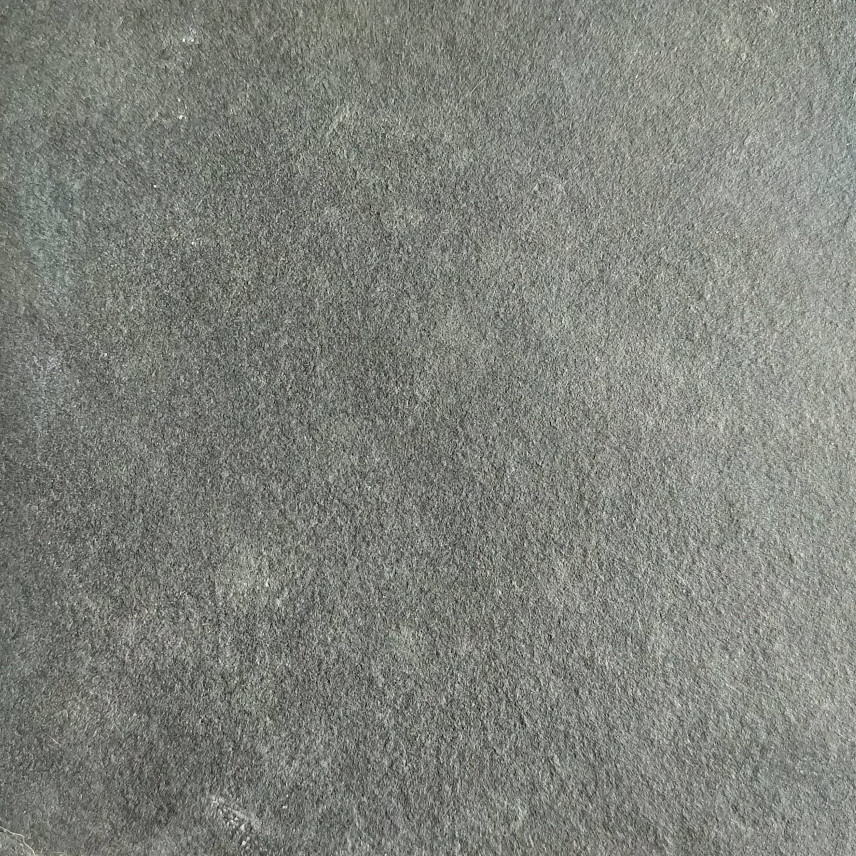
Natural (or riven as it’s also known) will take more abuse, it’s as simple as that. We think the issue is that some people have a perception that natural or riven (it’s that word!) means rough, or rustic. Some slate is, but ours isn’t.
“Why do we call it riven?” someone asked, once, probably. Riven comes from the verb to “rive” or to split violently, which is what most slates will do. Brazilian slate in particular will split into very even, very flat and very large “sheets”
Now don’t get us wrong, having sold slate for a working lifetime there are slates out there from all over the world which are a bit, well, rough looking. Brazilian slate isn’t. It’s flat. 30 years ago, all slate from Brazil was produced for snooker and pool table beds (it still is, to some extent) and what a snooker or pool table has to be is flat. As such, it makes a great hearth.
- You won’t get bent and twisted slate.
- It will be the same consistent thickness (usually 20 or 30mm).
- It won’t have big variations on the surface, or pits, or lumps or even bruises.
- It will still look real, because it is.
